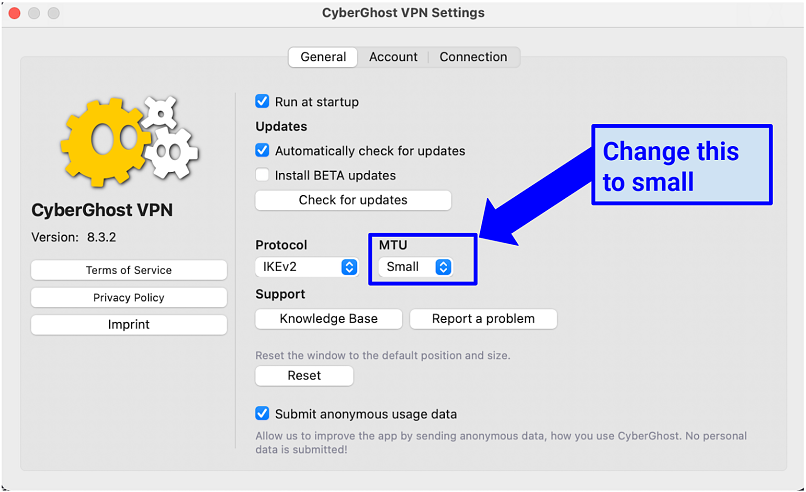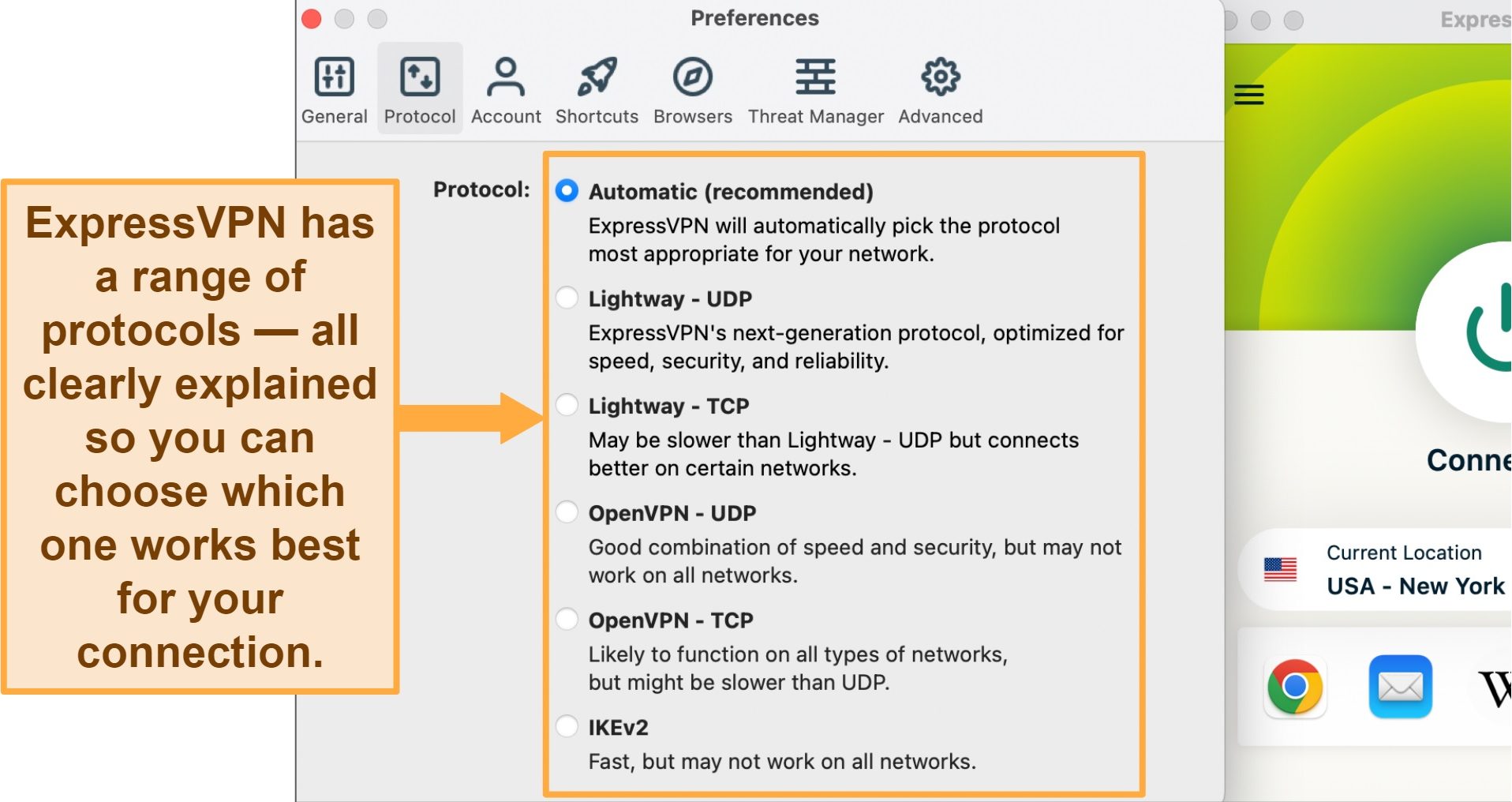Featured
Table of Contents
How To Troubleshoot Common Issues With Avast Secureline ...

The Routing and Remote Access snap-in lives within the Microsoft Management Console, referred to as the MMC. There are several methods to access the MMC. You can choose the console from the Start menu's Programs options, within the Administrative Tools folder within Windows server's Control Panel or by typing mmc at a command prompt.
As Tech, Republic's Brandon Vigliarolo shows within his video at the start of this article, the Solutions console displays the status of the Routing and Remote Access entry. From within the Providers console and with the Routing and Remote Access entry highlighted, you can click Start the Service or right-click the entry and choose Restart.
Often the VPN client and VPN server are set to using various authentication approaches. Confirm whether an authentication mistake is the problem by opening the server console. Another method of accessing the MMC is to type Control+R to open a command timely in which you can type mmc and struck Enter or click OK.
If the entry isn't present, click File, choose Add/Remove Snap-in, select the Routing and Remote Access alternative from the options and click Add, then OK. With the Routing and Remote Gain access to snap-in included, right-click on the VPN server and click Residences. Then, review the Security tab to validate the authentication method.
How To Fix A Vpn That's Not Connecting
Guarantee the VPN client is set to the authentication approach defined within the Security tab. Normally the items just examined are accountable for the majority of VPN connection refusal mistakes. However other basics should be correct, too. For instance, if the Windows Server hosting the VPN hasn't signed up with the Windows domain, the server will be unable to validate logins.
Each Web-based VPN connection generally uses two various IP addresses for the VPN client computer system. This is the IP address that's utilized to develop the preliminary TCP/IP connection to the VPN server over the Web.

This IP address usually possesses the very same subnet as the regional network and thus allows the customer to interact with the local network. When you established the VPN server, you must set up a DHCP server to assign addresses to customers, or you can develop a bank of IP addresses to appoint to customers directly from the VPN server.

If this option is selected and the reliable remote access policy is set to permit remote gain access to, the user will have the ability to connect to the VPN. Although I have been unable to re-create the situation personally, I have actually heard reports that a bug exists in older Windows servers that can cause the connection to be accepted even if the reliable remote gain access to policy is set to reject a user's connection.
Vpn Stopped Working: Here Are 4 Quick Tips To Get It Back

Another typical VPN issue is that a connection is successfully developed but the remote user is unable to access the network beyond the VPN server. By far, the most typical cause of this problem is that authorization hasn't been granted for the user to access the whole network. To permit a user to access the entire network, go to the Routing and Remote Access console and right-click on the VPN server that's having the issue.
At the top of the IP tab is an Enable IP Routing check box. If this check box is enabled, VPN users will be able to access the remainder of the network, assuming network firewall programs and security-as-a-service settings allow. If the checkbox is not selected, these users will have the ability to gain access to just the VPN server, however nothing beyond.
If a user is calling directly into the VPN server, it's normally best to set up a fixed route in between the client and the server. You can set up a fixed path by going to the Dial In tab of the user's homes sheet in Active Directory Users and Computers and selecting the Apply A Static Path check box.
Click the Add Route button and after that enter the location IP address and network mask in the area offered. The metric must be left at 1. If you're using a DHCP server to assign IP addresses to clients, there are a couple of other problems that might cause users not to be able to surpass the VPN server.
Troubleshooting Openvpn - Pfsense Documentation
If the DHCP server assigns the user an IP address that is currently in use elsewhere on the network, Windows will discover the dispute and avoid the user from accessing the rest of the network. Another typical issue is the user not receiving an address at all. Most of the time, if the DHCP server can't appoint the user an IP address, the connection won't make it this far.
254.x. x range. If the client is assigned an address in a variety that's not present within the system's routing tables, the user will be not able to browse the network beyond the VPN server. Other problems can contribute to this issue, too. Ensure the resources the user is attempting to access are really on the network to which the user is linking.
A VPN connection to the other subnet might, in reality, be required. A firewall software or security as a service solution could likewise be to blame, so do not forget to evaluate those services' settings, if such elements exist in between the VPN server and the resources the user seeks to reach.
The first possibility is that one or more of the routers involved is performing IP package filtering. I recommend checking the customer, the server and any makers in between for IP package filters.
Latest Posts
The Best Vpns For Small Business In 2023
What Is A Business Vpn? Understand Its Uses And ...
Best Virtual Private Networks Reviews 2023